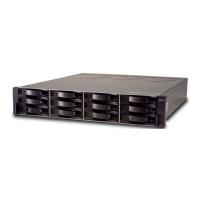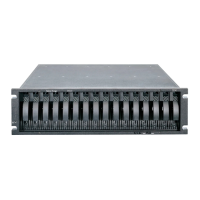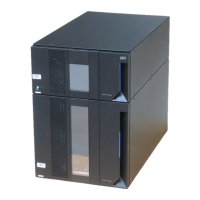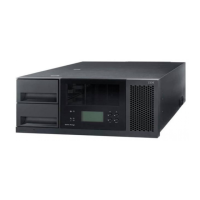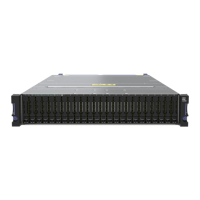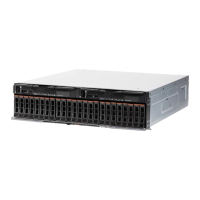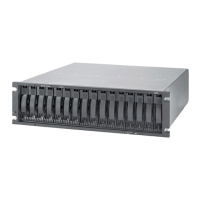Chapter 3. IBM System Storage DS3500 Storage System planning tasks 67
Draft Document for Review March 28, 2011 12:24 pm 7914DS3KPlanning_090710.fm
Heterogeneous hosts
When implementing a DS3500 Storage System solution, a mixture of host servers with
various operating systems can be supported, and both clustered and non-clustered variants
of the same operating systems. In general, all host accessing logical drives in a single storage
partition would want to be configured for the same operating system. Very seldom would this
not be the case, and great care must be taken when creating those environments.
Delete the access logical drive (31)
The DS3500 Storage System will automatically create a logical drive for each host attached
(logical drive id 31). This drive is used for in-band management, so if you do not plan to
manage the DS3500 Storage System from that host, you should delete this logical drive. This
will also give you one more logical drive to use for host user data.
3.3.8 Segment size
The segment size is the maximum amount of data that is written or read from a disk per
operation before the next disk in the array is used. Segment size can be very different for
different workload types. It is important to know the host IO blocksize that will be used when
deciding on the segment size that will be set.
For small host I/Os, as mentioned earlier, set the segment size larger than the host I/O size.
Doing this makes it unnecessary to access a second drive for a single small host I/O. For
certain storage subsystems, having the segment size equal to the host I/O size is preferred,
which is
not the case with the Midrange Storage Subsystems. In many cases, using the
segment size that is equal to the host IO size can result in multiple disk operations due to
alignment differences. This can be easily remedied with a larger segment size selection for
small IO blocksizes.
There is no advantage in using a smaller segment size with RAID 1; only in instances of large
throughput blocksizes does this help with RAID 5 (which we discuss later). Because only the
data that is to be written to the disk is written to cache for an I/O, there is no cache penalty
encountered either. As mentioned earlier in the host sections, aligning data on segment
boundaries is very important for performance. With larger segment sizes, there are less
occasions to have misaligned boundaries impacting your performance, as more small I/O
boundaries reside within a single segment decreasing the chance of a host I/O spanning
multiple drives. This technique can be used to help mask the effect of poor layout of the host
data on the disks due to boundary differences.
Linux Linux_Host LinAdp_A 200100E08B27986D Linux
LinAdp_B 200000E08B07986D
POWER6® AIX_Host AIXAdp_A 20000000C926B6D2 AIX
AIXAdp_B 20000000C926B08
Important: Non-shared storage can only be supported with storage partitioning enabled.
Important: In all cases when not using in-band management you should delete the access
logical driver for the host partition.
Best practice: For most high transaction workloads with the Midrange Storage
Subsystems, the segment size of 128 KB (default) works best.
